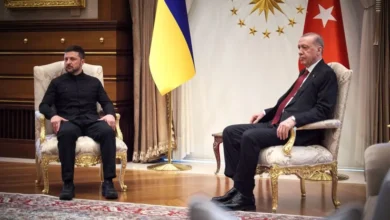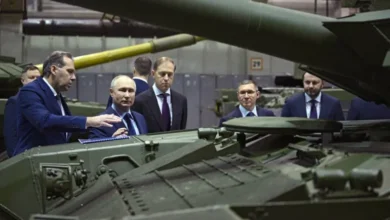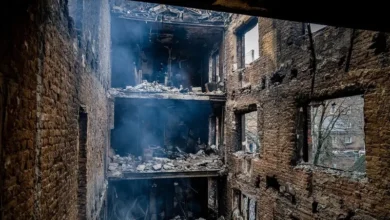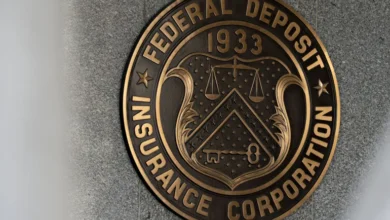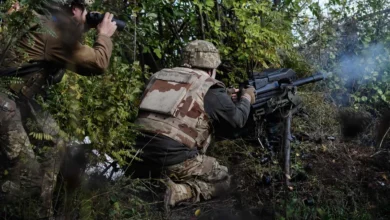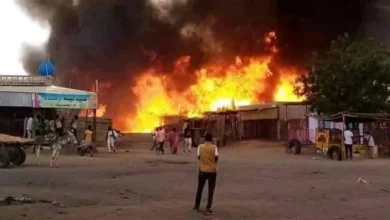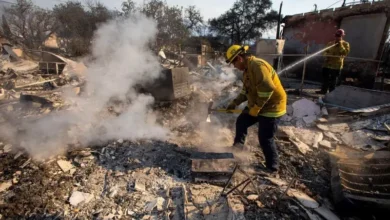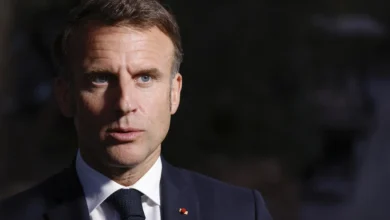Russian gas flow to Europe via Ukraine stopped: Who does it hurt?
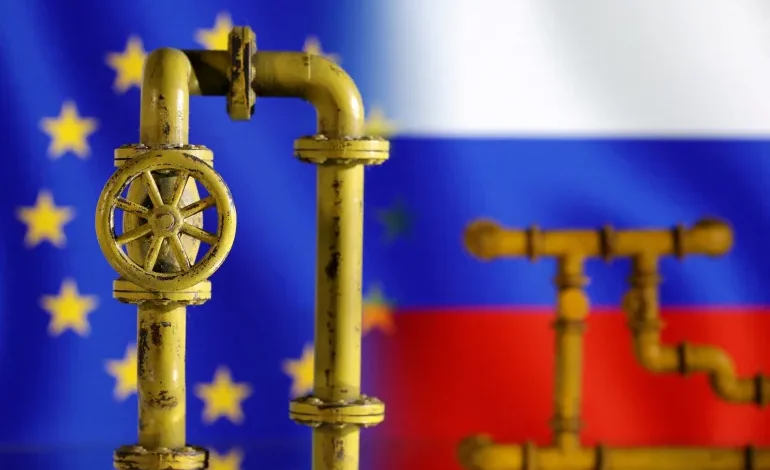
The flow of Russian gas to several European countries was halted on New Year’s Day after Ukraine refused to renegotiate a transit deal amid war with Moscow.
Ukraine’s unwillingness to renew the five-year-old transit agreement aims to rob Russia of revenue that Moscow can use to fund its war, but the move will likely create an energy crisis in Eastern Europe, with Transnistria – a breakaway Moldovan region – cutting heat and hot water supplies to households.“It brings to a final end what was once Russia’s dominance of the EU energy market,” Al Jazeera’s Jonah Hull, reporting from Ukraine’s capital Kyiv, said. Before the invasion of Ukraine in 2022, Russia supplied some 35 percent of Europe’s pipeline natural gas exports.
With the shutdown of Russia’s oldest gas route to Europe, functional for more than 40 years, Russia’s share has dwindled to less than 10 percent. Another gas pipeline passing through Turkiye still supplies gas to countries such as Hungary.
So, how will turning off the taps during the height of the winter season affect countries, particularly in Eastern Europe and what could happen next?
Why did Russian gas flow to Europe via Ukraine halted?
Russian energy giant Gazprom said on Wednesday that gas supplies to Europe had been halted at 8am local time (05:00 GMT) after Ukraine’s state-owned oil and gas company Naftogaz refused to renew its latest five-year transit deal.
On Wednesday, Ukraine’s Energy Minister German Galushchenko said in a statement, “We stopped the transit of Russian gas. This is an historic event. Russia is losing its markets, it will suffer financial losses. Europe has already made the decision to abandon Russian gas.”
The latest contract was first signed in 2020 under which Ukraine was paid transport fees. But Ukrainian President Volodymyr Zelenskyy had warned that Kyiv would not renew the transit agreement amid the continuing war.
How much gas was Russia exporting to Europe?
Many European countries began to reduce their reliance on Russian gas after Moscow’s invasion of Ukraine in February 2022.
At its peak, Moscow’s share of European gas imports stood at 35 percent, but has fallen to about 8 percent.
The European Union received less than 14 billion cubic metres (bcm) of gas from Russia through Ukraine as of December 1, down from 65bcm per year when the contract began in 2020.The gas is sent through the Soviet-era Urengoy-Pomary-Uzhgorod pipeline from Siberia through Sudzha, a town in Russia’s Kursk region which is now under the Ukrainian military’s control. The gas moves via Ukraine into Slovakia. There, the pipeline splits into branches which take the supply to the Czech Republic and Austria.
The transit deal was bringing financial returns for both Russia and Ukraine.
Ukrainian media quoted Serhii Makohon, former head of the Ukrainian GTS Operator, estimating that Russia made a significantly higher amount of money from the transit deal than Ukraine.
Makohon estimated that Russia was earning $5bn a year, a number also reported by the Reuters news agency. On the other hand, Ukraine was receiving an annual $800m “but most of this money is spent on transit itself. [Ukraine’s] treasury receives $100-200m in taxes and dividends,” Makohon was quoted by Ukrainska Pravda.
Bloomberg estimated Russia’s earnings from the deal to be even higher, at $6.5bn annually.

